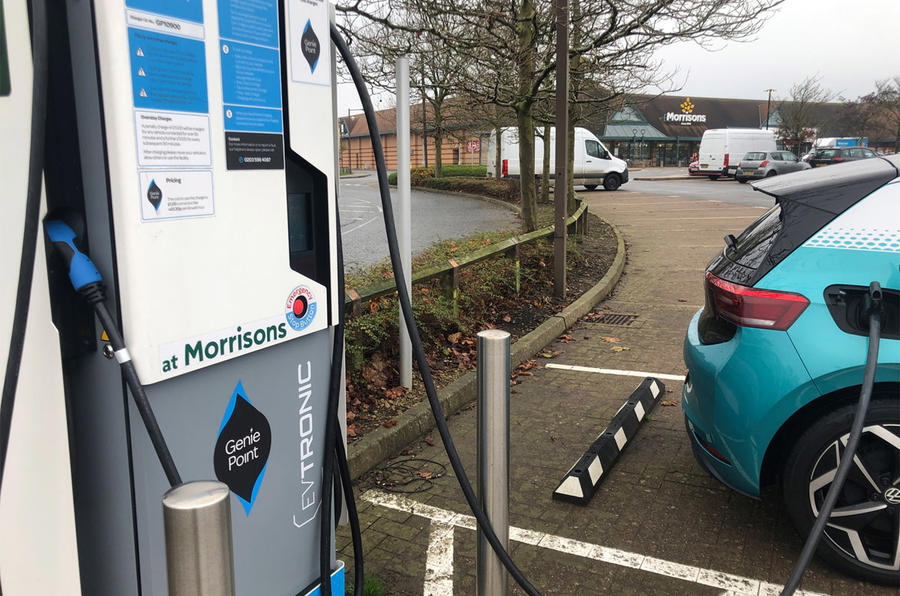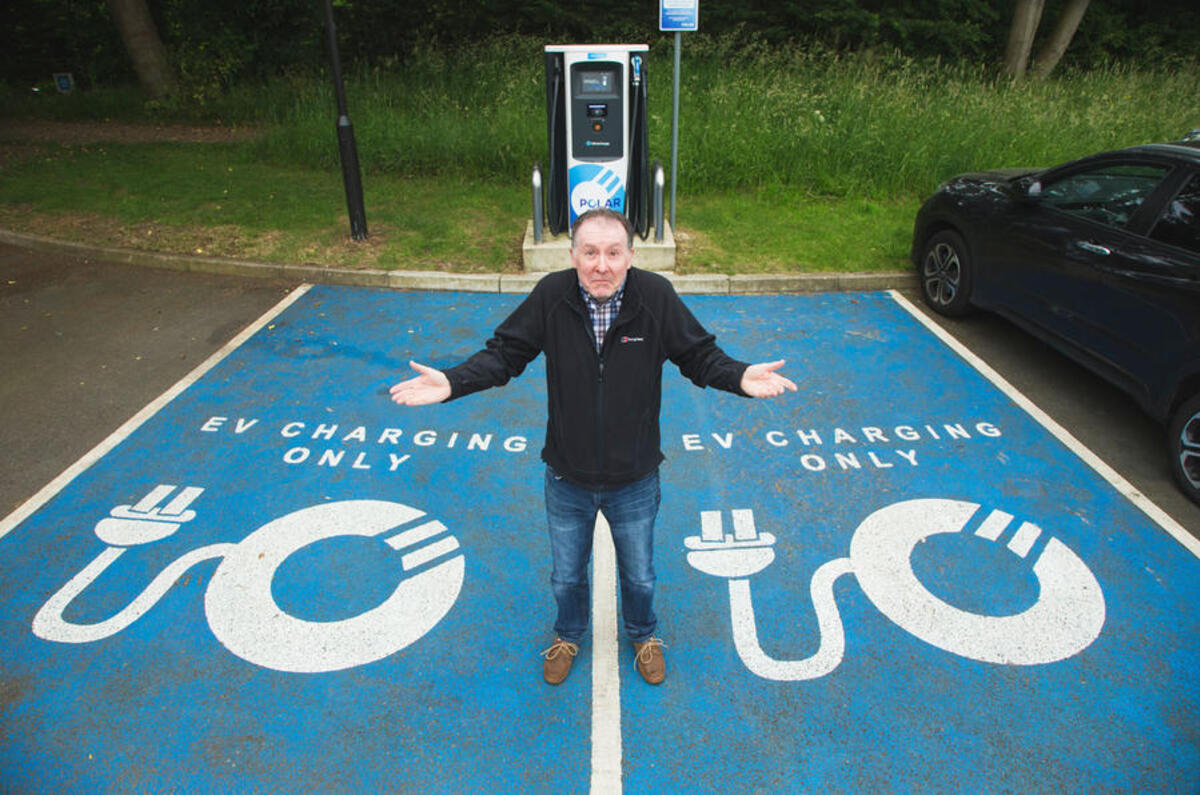Whenever we can’t make something work in our household, someone cries out “Why is yoghurt night so DIFFICULT!?”, echoing a line in the otherwise forgettable animated film Bee Movie. That line was running through my head during our investigation into how easy it was, or should be, to just drive up to a charger and plug in an electric car.
The UK’s multiple charging providers started off by not just establishing a network, but trying to tie in a band of loyal chargees as well. So they made you sign up with your details, apply for special cards and pay for membership. These loyalists were then rewarded with cheaper rates. It was never going to work. Away from home, drivers need the same flexibility and ease of use we have with refuelling petrol or diesel cars. Arguably, EV users need far more flexibility to plug-surf given that an outlet might well be in use or, as we found, out of order.
The government in 2019 requested that all new rapid chargers come with contactless payment but, as we experienced, the old barriers still exist. While there are definite ease-of-use champions out there (Instavolt, take a bow), you can still arrive at a charge point and find yourself having to download an app, input a ton of invasive details (like make and registration of your car) and still have no guarantee of topping up your battery.





Join the debate
Add your comment
The Tesla is the easiest we their network. It plans the trip, it tells you how many stalls are free. You plugin and walk away with it charging super quick....
The Tesla without the super chargers (or destination chargers) is like any CCS2 car. The provider created a model that worked for them.
Chademo on the Leaf is pretty good. It's a better device with V2G. But now the manufacturer consortium forced CCS2 through.
We got screwed by the manufacturer consortium who saw what Tesla did.
Ionity though is 69p per kw. Tesla is 26p per kw. Something tells me there hearts aren't in it.
Ecotricity needs the app. You need it. They're are motorway services and sometimes work. Normally when they don't I get a free charge because I'm persistent. Oh and they hold £12 which you'll never use on every charge and you'll wait a few days for the transaction to clear.
I like Instavolt. Touch your card and you're done. Touch again when you leave. They only hold £5.
EV drivers do not charge like petrol drivers. We don't need a canopy for long. I normally plug in and go off and do something. I use the loo, or get some food. Then I go.
Only new EV drivers sit in their car watching them charge. These are the same folks trying to fill to 100%.
We don't do that with experience.
Plug in and go. 99% of charging is overnight.
I've won back weeks of my life avoiding petrol stations.
I think it could be better. I think only CCS will help people.
I think motorway services need some competition.
Also perhaps split the charger with more tethers, if you're desperate you won't mind charging slower than 150kw if you can charge. Tesla does this with their stalls.
There was a company trying to get all the charging companies together to make it easier. I've not heard anything for ages, so maybe they've failed.
Remember Tesla has your debit card on file. They can charge you.
We'd need Ionity and others to allow a similar handshake.
This is like having Shell, Esso and BP having your credentials and sharing the cost of holding them and knowing when to use them (GDPR too).
I couldn't go back to fossil fuel. I can drive across Europe in the Tesla without much effort. With other chargers I'd need to plan plan plan....
Within 9 years we'll see alot more changes, different battery chemistry and a choice of many ranges. There are already more EV charging points than petrol stations in UK.
When we're all self driving we won't even talk about charging. It'll be someone else's problem. Driving will be a utility like gas or electricity, you won't care.
No, the situation EV drivers have just now is ridiculous , why can't it be just like filling up like we do now?, ok,there's safety issues, yes, at best you're factoring in thirty minutes at best to top up, so, you either sit in the Car and wait, or, go to an expensive Coffee vendor which adds to the cost of your journey and if you indulge in pastries as well your health might suffer, I'm sure in the future EV travel will be like it was in the what will be the past, it's just now it's a bit of a mess.
defo nick
totally agree with 289